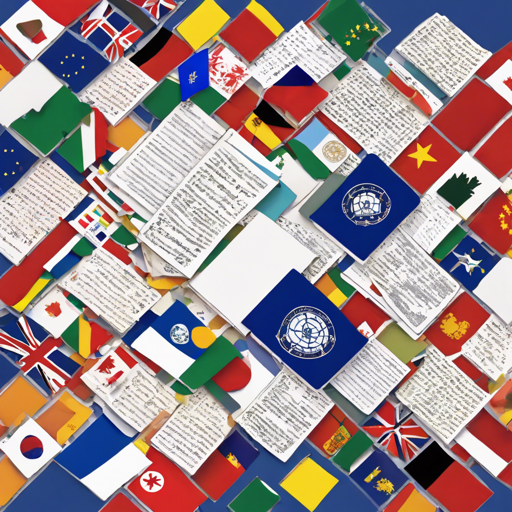Welcome to an insightful journey into the realm of Natural Language Processing (NLP) and sentence boundary detection (SBD) in the legal domain. Today, we will explore how to work with the “MultiLegalSBD” dataset, which heralds a new dawn in multilingual SBD, particularly in legal texts. This blog will provide you with a step-by-step guide, troubleshooting ideas, and an analogy to help you grasp the concepts of this dataset.
Understanding Sentence Boundary Detection
Before diving into the MultiLegalSBD, let us define what Sentence Boundary Detection (SBD) is. Think of SBD as the art of reading a book, where sentences are the beautifully woven phrases that make up a story. If the sentences are misidentified or incorrectly split, the essence of the narrative can be lost. This issue is especially pronounced in the legal domain, where precision is crucial due to the structured language used in legal documents.
Dataset Overview
The MultiLegalSBD dataset is a meticulously curated collection consisting of over 130,000 annotated sentences in six different languages. The aim is to enhance SBD models’ performance on multilingual legal data. This dataset is essential for researchers and developers in improving the quality of NLP applications in legal contexts.
How to Get Started
- Download the Dataset: You can access the dataset directly from the doi link.
- Explore the Dataset Structure: Familiarize yourself with the data format and the annotations provided.
- Choose Your Model: Based on the experiments detailed in the study, several models can be utilized including CRF, BiLSTM-CRF, and transformer models.
- Training Your Model: Train your selected model on the provided multilingual dataset while keeping in mind varying sentence structures across different languages.
- Evaluate Performance: Test your model’s performance against the datasets. Particularly, you can focus on the zero-shot setting using the Portuguese test set, which showcases the multilingual model’s performance.
Using Analogy for Better Understanding
Visualize the process of training an SBD model as preparing for a multilingual culinary competition. Each recipe (sentence) from various cuisines (languages) has unique ingredient combinations (sentence structures). By practicing with multiple recipes until you master the flavors (training with the dataset), you’re able to whip up a perfect dish (correctly identify sentences), impressing the judges (accurately applying SBD) with your versatility even when encountering an unfamiliar cuisine (zero-shot learning). In other words, just as a chef adapts to various cooking styles, your model learns to navigate through the complexities of multilingual legal sentences.
Troubleshooting Tips
As you embark on your implementation journey with the MultiLegalSBD dataset, you may encounter challenges. Here are some troubleshooting ideas to assist you:
- Model Performance Issues: If your model is not performing as expected, consider revisiting the training parameters, or experimenting with different model architectures.
- Data Preprocessing: Ensure that your data preprocessing is robust and considers the nuances of legal language. Check for any irregularities in the dataset that may affect your models.
- Dependency Errors: If you face issues related to library dependencies, make sure that all required packages are correctly installed and updated.
- If you need further guidance or updates, for more insights, updates, or to collaborate on AI development projects, stay connected with fxis.ai.
Conclusion
The MultiLegalSBD dataset is a groundbreaking resource aimed at improving multilingual sentence boundary detection in legal documents. It not only addresses a significant gap in the NLP landscape but also spurs further research and innovation.
At fxis.ai, we believe that such advancements are crucial for the future of AI, as they enable more comprehensive and effective solutions. Our team is continually exploring new methodologies to push the envelope in artificial intelligence, ensuring that our clients benefit from the latest technological innovations.

